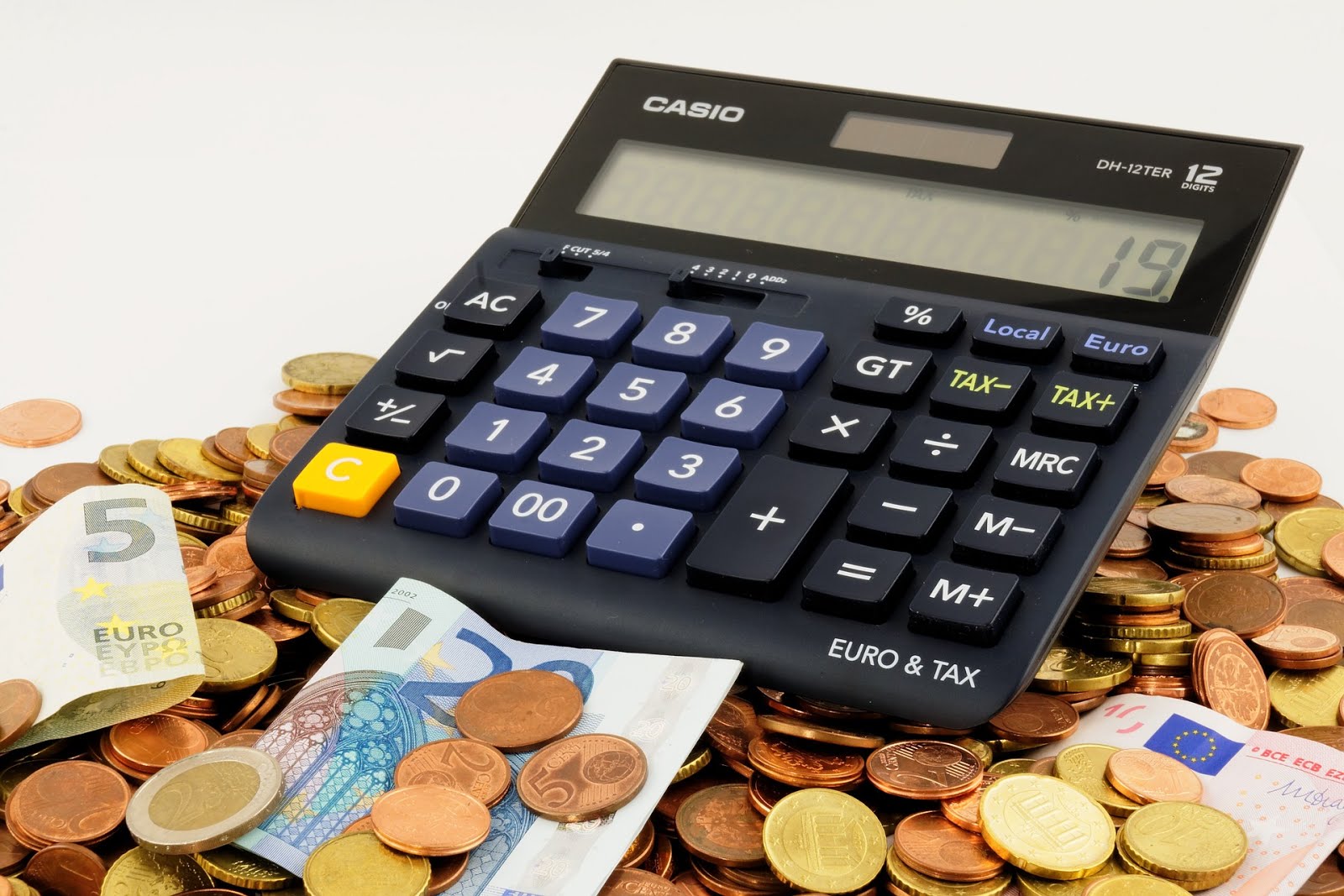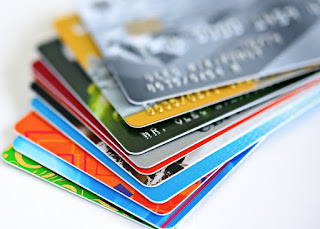What is the yearly expense ratio of a DC
pension?
I can only talk about my own pension here as I do not know the numbers
for any other DC pension. I currently participate in the Essentiepensioen from
Nationale Nederlanden, although it will not be long before it merges with BeFrank.
Essentiepensioen offers 3 full-service profiles with different risk profiles (defensive,
neutral and offensive). Moreover, participants have an option to run their own show and buy
their own funds.
Fund choice is limited but includes one low-cost index fund, namely the
ishares developed world index fund. I put my full pension payment in this fund
every month. It has a yearly expense ratio of 0.17%. Very decent, especially
considering the fact that all other (actively managed) funds are around 1%.
Collective discounting brings my expense ratio below
0!
The cool thing is that my company negotiated 0.2% discount on the
expense ratio. >95% of people are in one of the full-service profiles so they
still pay somewhere around 0.8%. Nationale Nederlanden seems to have overlooked
the fact that there might be one or two smarty pants who pick their own funds AND
go for a 100% ishares developed world index fund. I guess this is mostly caused
by their old-world thinking, you need multiple old-school funds (real estate
fund, new energy fund etc.) for diversification purposes. As there is only one
cheap option it seems they assumed everyone would also buy at least one of
their more expensive funds, averaging the cost to above 0.
But with the developed world index fund I own stocks of 1000s of companies in the 23 developed countries of the world! No need for further diversification. My costst are -0.03%. I get paid as a thank you for them taking care of my pension!
But with the developed world index fund I own stocks of 1000s of companies in the 23 developed countries of the world! No need for further diversification. My costst are -0.03%. I get paid as a thank you for them taking care of my pension!
Costs are killing dreams
Pension funds charging above 2% fees are not unheard of, see a comment by
Bart here. Needless
to explain the FI community how devastating this is but I still added a chart showcasing
just that. Someone with a job paying a bit above the median will pay around €500 of his gross salary into his pension fund. If that pension fund had invested this amount into the MSCI world index 30 years
ago, this is what had happened with real returns of that index. Just over €217k down the drain after 30 years by charging 2% fees... This
is what happens if you feel a €2 fee for every €100 you want to invest sounds
reasonable. You get hammered by the lower interest compounding!
I am happy to show off how well my pension fund is treating me 😉 However,
the real point I am trying to make is that it is well worth investigating the
different pensions you have from different previous employers and move them to
your new employer if this makes financial sense. Unfortunately it is not always
easy to establish the cost structure of a pension. A lot is hidden (on purpose?) and I would not be surprised if there is a “pension gate” around the corner
even before we have fully dealt with the “woekerpolis” issue here in the
Netherlands. It strengthens me in my firm belief sorting out your own financial future is by far the best way to go.










